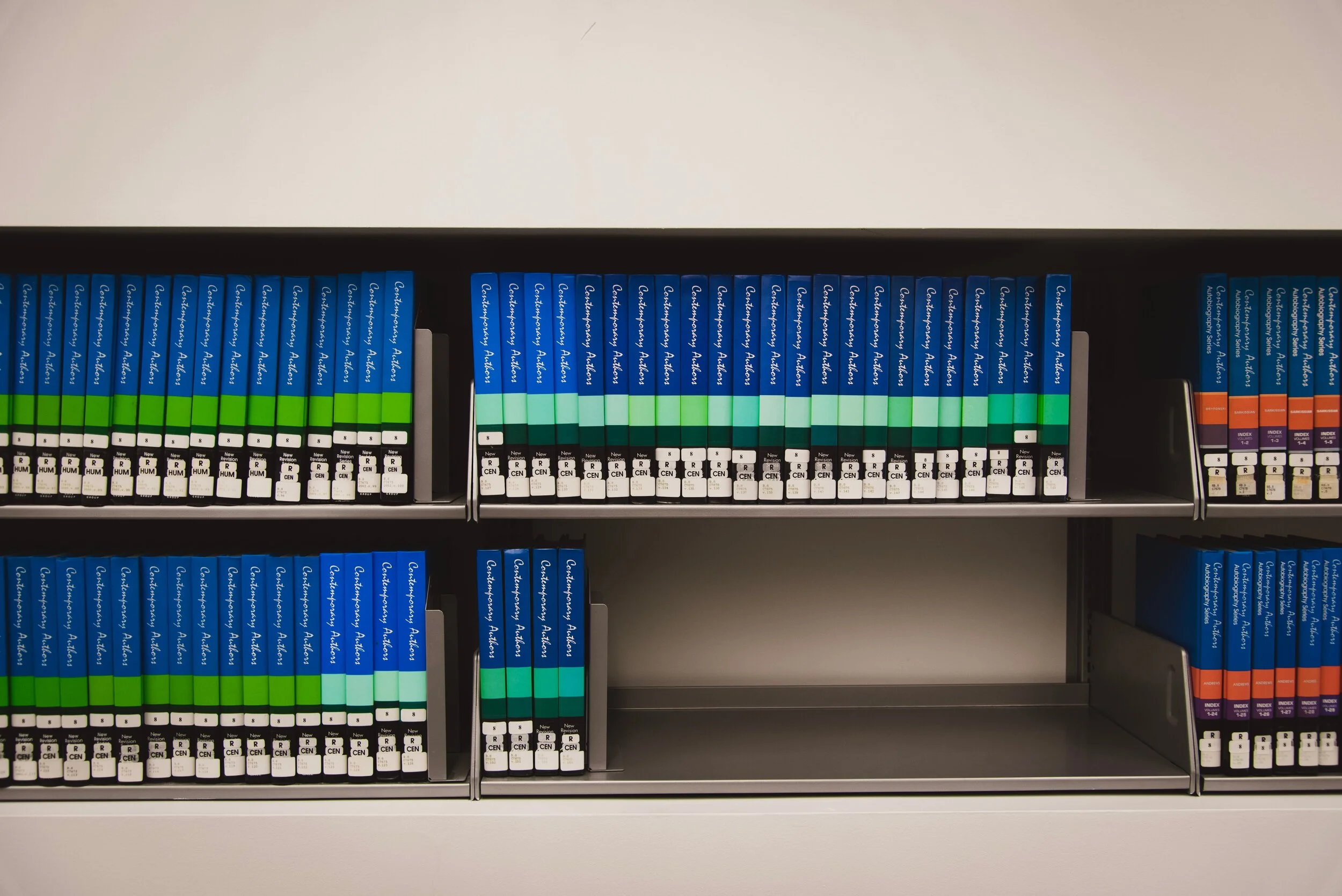
The editing process
There are different types of editing for each part of the writing and publication process, and the Editing Cooperative can help you at every stage of that journey. Find out about the different stages of editing below and if you are still unsure, click here to discuss your project further.
Manuscript Evaluation
A critical reading of your manuscript, with feedback given on structure, story, mechanics, style conventions, etc.
Developmental Editing
Also known as substantive editing. An in-depth edit of an entire manuscript, looking at all elements of structure, writing, style, plot, argumentation, etc. The editor will give the author notes to bring out the best version of the text possible.
Copyediting
Preparing a text for publication by working on the language to ensure the writing is clear and error-free, factually correct, and structurally sound. There are different “depths” of copyedit, from heavy, also known as a line edit, which checks things like voice and syntax, to light, which checks things like punctuation, spelling, etc.
Proofreading
Takes place after a text has been copyedited and sent to the publisher. The “proof” is the final typeset version of a text before publication, and a proofread is the final check of a text before it is published, tidying up anything that has been missed during the copyediting stage like punctuation, spelling, titles, etc., or formatting issues from the typesetting stage like extra spaces, misaligned text, etc.
Citation checking
Systematically checking the bibliography against the in-text citations and the publication details to ensure accuracy and consistency throughout the manuscript. This can be included in the copyediting stage.
Formatting
Ensuring the manuscript is formatted correctly and consistently for typesetting. This can be included in the copyediting stage.







